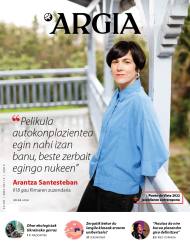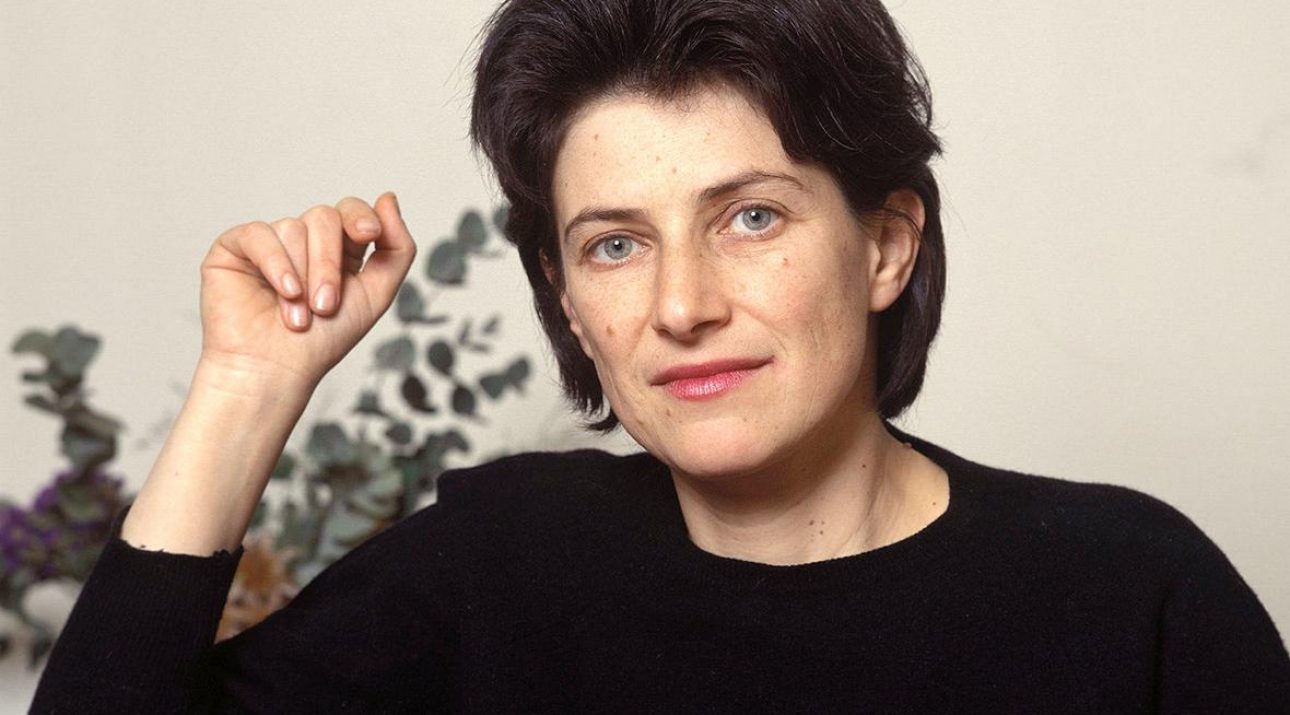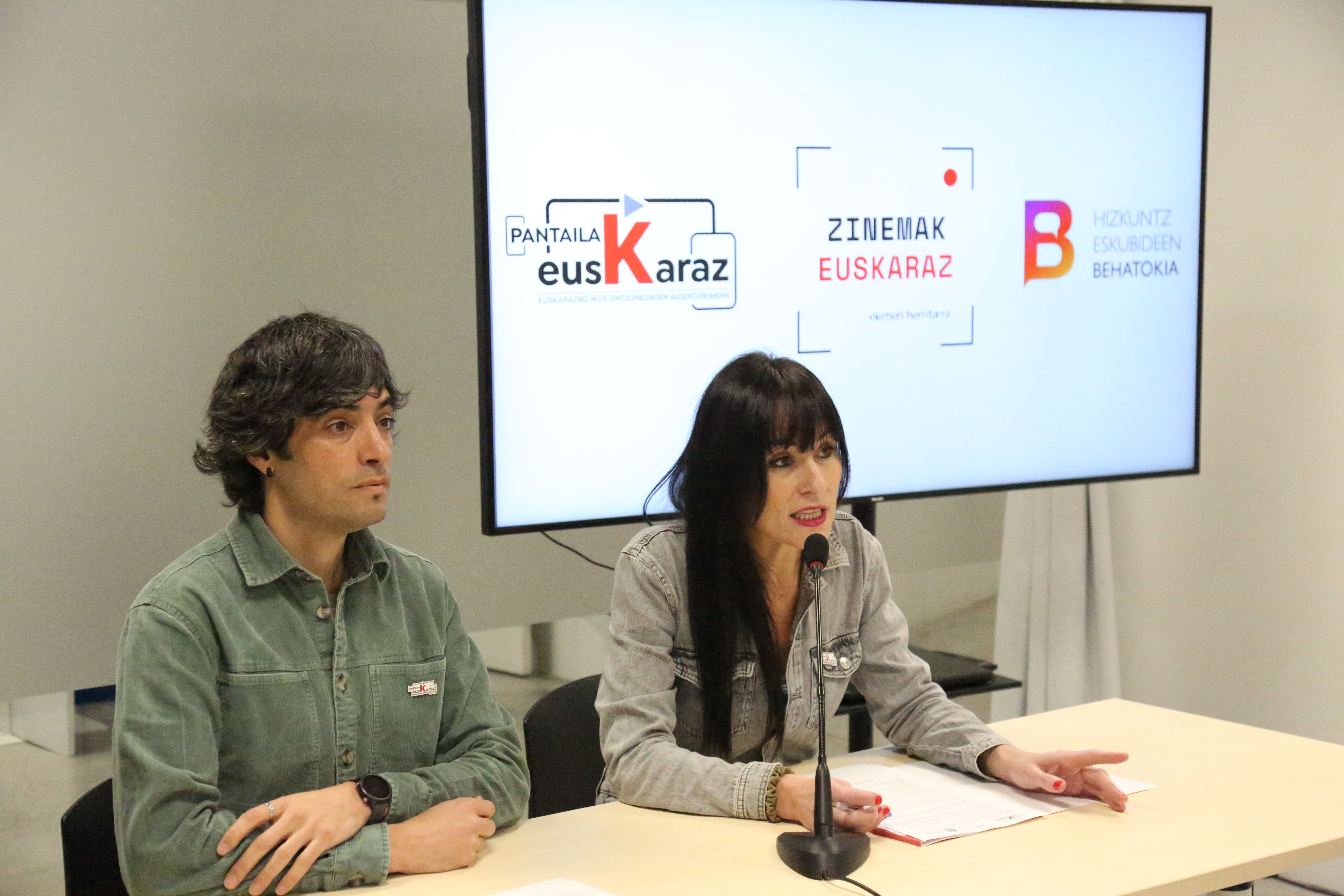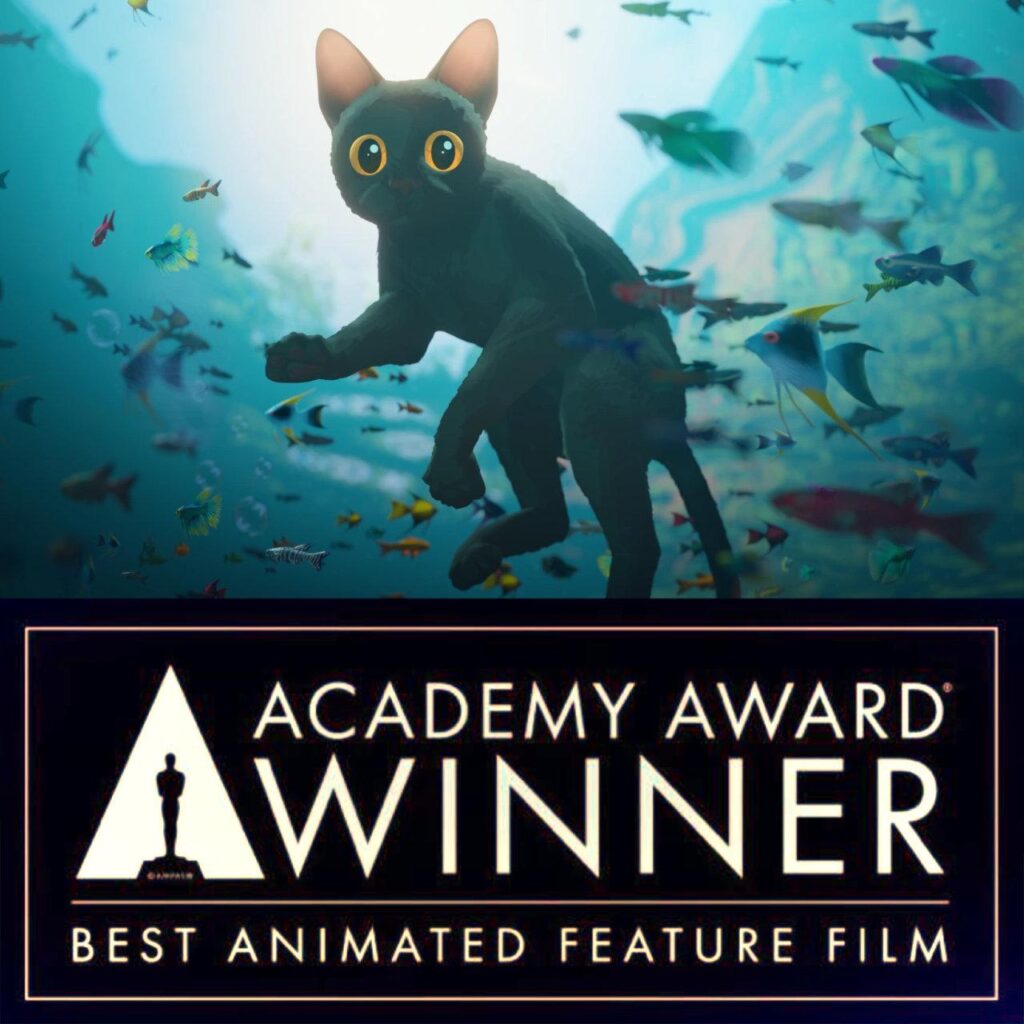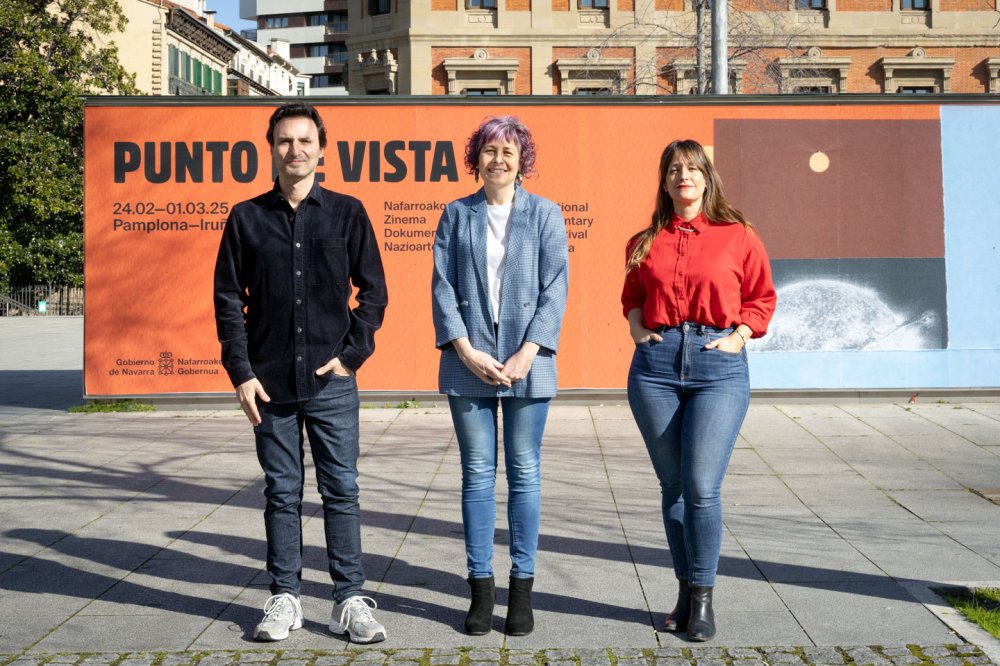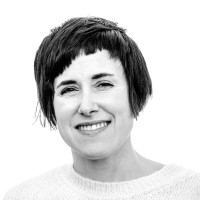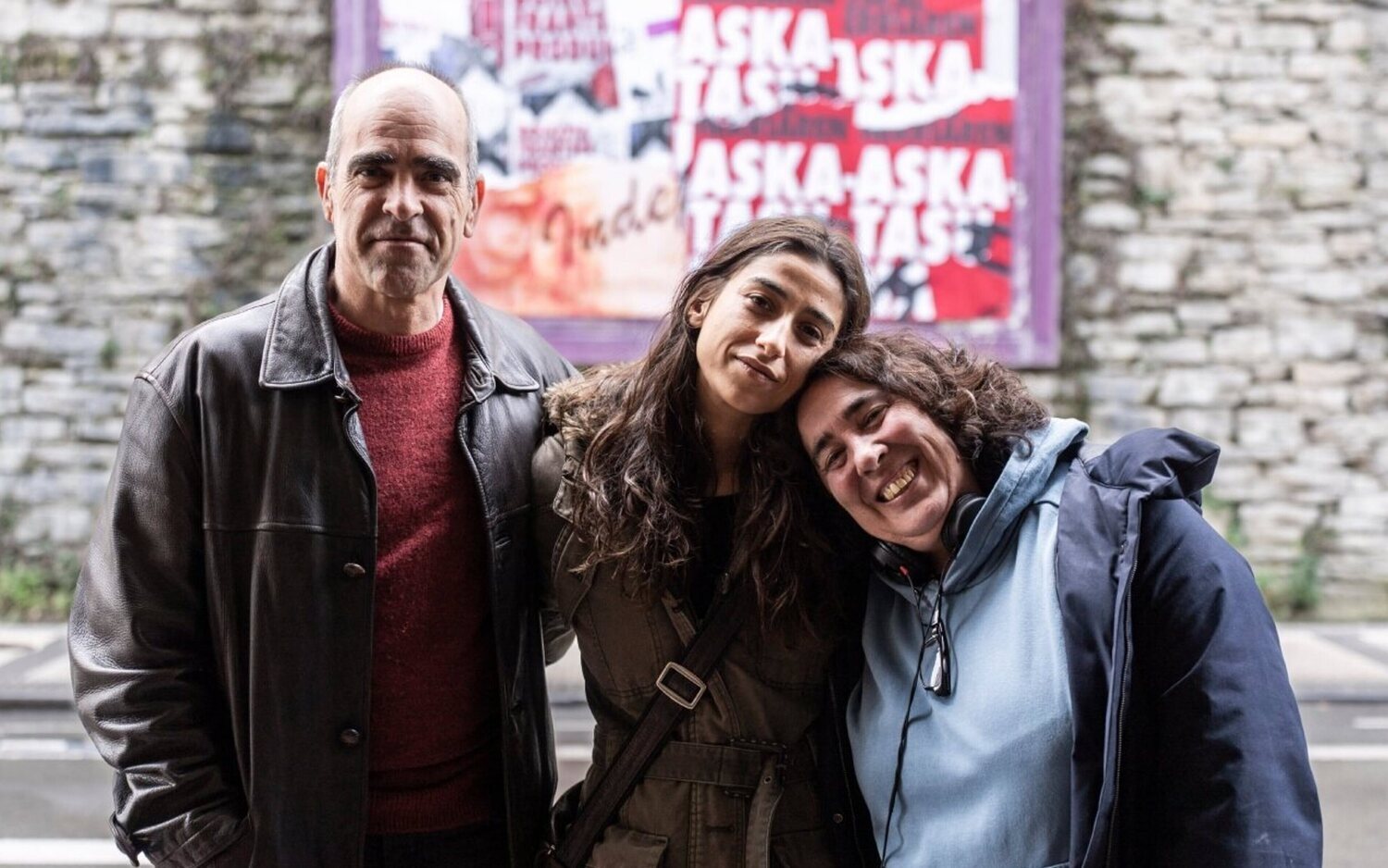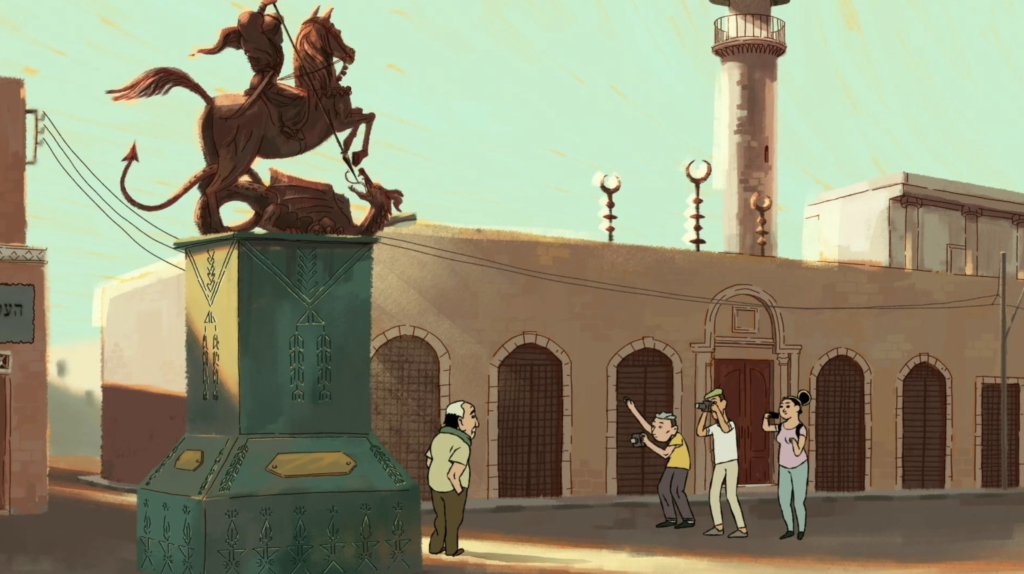Local and international
- The Pamplona Point of View Festival will be held from 14 to 19 March in the Sala Baluarte and its surroundings. The film The Horses Die at Dawn (2022), by the Nonsense Jone Atenea, will open the festival and will feature the presence of other Basque filmmakers. Works by Arantza Santesteban, Irati Gorostidi, Ainara Elgoibar, Lur Olaizola and Patxi Burillo, among others, are presented.

The retrospective starts with the arrival of the dates of the film festival. There are some changes to last year’s edition: the festival, which has been under the artistic direction of Garbiñe Ortega in the last three years, has a new director this year. Previously, Oskar Alegría, Carlos Muguiro or Josetxo Cerdán have directed the artistic part of the festival. This year, the motto was announced by Manuel Asín last June.
The new director proposes a number of changes in programming. The Department of Labor is one of its contributions. It aims to offer a space to reflect on the processes of imagination and work in documentary film, in addition to the projections, giving rise to the process of making films. They want to emphasize the importance of fieldwork in the film process and give space to the trajectory behind the projection. This section will have testimonies from nearby authors, presentations and round tables.
In the Landscape section of this section, Ainara Elgoibarren Rotor (2021), Argilea (2022) by Patxi Burillo and They Speak Too (2020), by Anna Guia-Eriksson, will be the object of reflection, among others, in a section led by its authors. The first received the Cineclub FAS award from the last edition of the Zinebi Festival and is a production of Tractora Koop. The film shows us some non-moving objects: Wankel cars and motors, watches and armar spheres, pianos and apples. Through the Bolex H16 camera, movement is made and saved stories are released. The work of Patxi Burillo began to develop at the Elias Querejeta Film School and proposes a reflection on the belief of what is seen and what is not seen, based on a fact: In 1931, Ezkio presented two brothers the Virgin and then a larger group of people. With regard to the last film of the Department, based on the writings of the Filipino American Luis France, he launched a dialogue between the language, the forms of registration and the physical manifestations of history, which includes his own person as a Filipino.
Manuel Asín takes over the artistic direction of the festival and performs various novelties
The opening will be in charge of The Horses die at dawn, competing in the Official Section, and will be the first worldwide screening of the film. Atenea's film is a long-term project linked to the presence of a house in which the director has lived. It is the story of the brothers Antonio, Rosita and Juanito, who lived together always, choosing a way of life that escaped the rules. One worked as a comic book artist, the other as a lyrical singer, and the last one didn't professionalize at all. Her hobby became the recreation of scenes of Western films in different corners of Barcelona. Rosita, almost accustomed to horseback riding, surprised the children of the neighborhood with the movements on the horses. After his death, his films, which no one had seen, were hidden among other photographs, scripts and voice recording. The heirs to this file were Ione Atenea and his friends, who after a few years made the house live. On the work of Atenea says Bárbara Mingo Costales: "Horses die at dawn and when you want to film a movie you always find the way to roll." This is demonstrated by the film. In the same section you will see the 918 nights of Arantza Santesteban, winner of several international awards, in which the interview with the director gives the opportunity to deepen this work.
The Point of View Festival has several sessions scheduled in different sections. On the one hand, the so-called Look back, where the work of two artists and filmmakers is recovered. The objective of the department is to rethink the history of cinema by recovering some works that have not been exposed. In this case, works will be offered by Amos Vogel and Nancy Holt. Garbiñe Ortega has compiled works by multidisciplinary artists who were part of the Land Art movement and have been almost unknown in the world of film. On the other hand, it is the section called Focos Contemporáneo, in which the archival fictions, as well as the work O Movimento das coisas by Manuela Serra, will be accommodated. Finally, the Education programme has been presented, which will enable children and young people to learn more about cinema, as well as the bases for programming life and cinema.
I would like to close this presentation of the festival with the film department X, which every year generates great expectations. Since 2010, the festival invites three filmmakers to present two shooting projects in Navarre, one of which is chosen by the judges as patronage to support funding. The San Simón 62 project by Irati Gorostidi was the project chosen last year and has had a period of one year to develop it together with Mirari Echávarri. The film is related to the community Arco Iris, which was held in the village of Lizaso, and to the biography of the director, whose parents were partners. In 1978 some young people rented the convent of the town of Lizaso, where they tried to create relationships that were "out of the ordinary". Two artists wanted to reflect on this work about what is in the present and for the first time you will be able to see their film at the festival.
On the other hand, another year, three other filmmakers will compete for the department’s prize: Blanca Camell Galí, Hugo Amoedo and Magdalena Orellana. Each of them will present their previous films, as well as details of the new proposal. Previous work will try to connect the threads with the new project and turn the film that still does not exist as visually as possible. The first of them features the film Tomstick les heures (2018), about a girl who is lost in the streets of Montreuil (France) in search of her beloved. Amoedo will present Europe (2017), a work focused on the loss of admiration for Europe based on his personal experiences and his archive. On the other hand, Orellana will show five short films that mix design and film.
With this summary this year I would like to invite the cinéphiles to come to the streets of Pamplona in mid-March. This festival, of international relevance, has to do with the works carried out in it. The inauguration of the works of the Navarros filmmakers, the production of the projects to be carried out in Navarra, the showcase and space for reflection of the works of Euskal Herria, the meeting point of the industry for its productions... Some festivals would like the works of this level to have such a presence in their festivals. In this case, at least, it is a great achievement.
No other land dokumentalaren zuzendari Hamdan Ballal kolono sionistek jipoitu zuten astelehenean bere herrian, beste hainbat palestinarrekin batera, eta Israelgo militarrek eraman zuten atxilo ondoren. Astarte goizean askatu dute.
Donostiako Tabakaleran, beste urte batez, hitza eta irudia elkar nahasi eta lotu dituzte Zinea eta literatura jardunaldietan. Aurten, Chantal Akerman zinegile belgikarraren obra izan dute aztergai; haren film bana hautatu eta aztertu dute Itxaro Bordak, Karmele Jaiok eta Danele... [+]
35 film aurkeztu dira lehiaketara eta zortzi aukeratu dituzte ikusgai egoteko Euskal Herriko 51 udalerritan. Euskarazko lanak egiten dituzten sortzaileak eta haiek ekoitzitako film laburrak ezagutaraztea da helburua. Taupa mugimenduak antolatzen du ekimena.
Pantailak Euskarazek eta Hizkuntz Eskubideen Behatokiak aurkeztu dituzte datu "kezkagarriak". Euskaraz eskaini diren estreinaldi kopurua ez dela %1,6ra iritsi ondorioztatu dute. Erakunde publikoei eskatu diete "herritar guztien hizkuntza eskubideak" zinemetan ere... [+]
Geroz eta ekoizpen gehiagok baliatzen dituzte teknologia berriak, izan plano orokor eta jendetsuak figurante bidez egitea aurrezteko, izan efektu bereziak are azkarrago egiteko. Azken urtean, dena den, Euskal Herriko zine-aretoak gehien bete dituztenetako bi pelikulek adimen... [+]
Otsailaren 24tik eta martxoaren 1era bitartean, astebetez 60 lan proiektatuko dituzte Punto de Vista zinema dokumentalaren jaialdian. Hamar film luze eta zazpi labur lehiatuko dira Sail Ofizialean; tartean mundu mailako lau estreinaldi eta Maddi Barber eta Marina Lameiro... [+]
A conference for architects has just been held in Madrid to discuss the crisis of the professional architect. They have distinguished the traditional and contemporary way of being an architect. What is traditional? From the epic architect who appears in The Brutalist, where... [+]
Itoiz, udako sesioak filma estreinatu dute zinema aretoetan. Juan Carlos Perez taldekidearen hitz eta doinuak biltzen ditu Larraitz Zuazo, Zuri Goikoetxea eta Ainhoa Andrakaren filmak. Haiekin mintzatu gara Metropoli Foralean.









